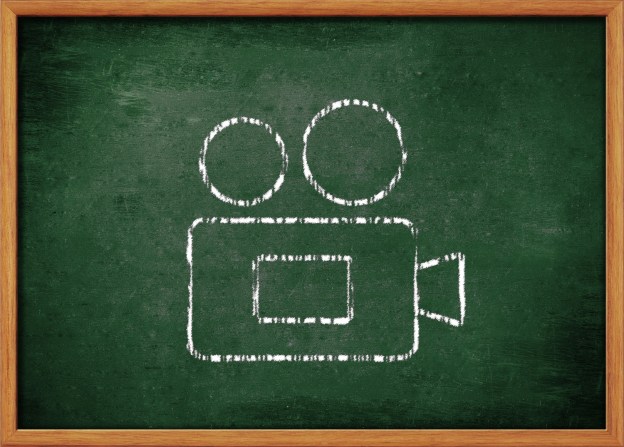
Bill Gates wants a video camera in every classroom in America. After partnering with Measures of Effective Teaching, observing 3,000 willing teachers, and spending millions of dollars researching educational effectiveness, the Bill and Melinda Gates Foundation thinks it has the formula for what makes a good teacher.
Mr. Gates believes that the single most important determining factor in the educational success of a child is the efficacy of their teacher. It’s a point in which the majority of people can agree, even teachers themselves. He posits that the only way to truly obtain teacher improvement is through meaningful professional development based on impartial, regular observation. One of his main talking points is that athletes use video all the time in an effort to improve their craft, so why shouldn’t teachers be afforded the same opportunity?
As a former teacher myself, I’d like to first discuss the observation process as it stands now.
The observation process as it stands is a farce.
Unscheduled visits are very rare and usually cannot be used in the evaluation of the teacher, for better or worse. Even then, the teacher usually receives some generalized warning that they might be visited that day, especially if the visit includes the administration’s superiors from the district. They want to look good, too.
Scheduled observations obviously give the teacher an opportunity to organize what amounts to a dog and pony show. The administrator will be lucky enough to catch that teacher’s most engaging and insightful lesson of the year. If a teacher does not organize the dog and pony show on observation day, they are a fool.
That’s not to mention that the students will be inherently on their best behavior that day, simply because the principal or assistant principal is sitting ten feet away from them.

Unannounced observations are the only way to achieve a meaningful view of a classroom. However, they have an understandable negative stigma among the teaching community
In the best-case scenario, teachers are worried that unannounced observations, via video or otherwise, will be used to micromanage the profession. Worst-case: they will be used to weed out teachers that were just having a bad day. It’s not like politicians have established a lot of good will and trust with the teaching profession recently.
There are simply too many classrooms, and too many other responsibilities, for administrators to be able to carry out unannounced observations themselves, which is where the video idea really shines. Ancillary benefits would include the ability to post truly effective lessons online for other teachers and students’ benefit. That’s not to say that every classroom becomes a MOOC, just that there will be far more videos available on what a good Pythagorean Theorem lesson looks like.
Teachers tend to operate in a bubble for the vast majority of the school year. They may take a few good ideas from conferences they attend and colleagues they talk to, but if a teacher remains teaching the same subject for their entire 30-year career, their repertoire will not change much from year 1 to year 30. Further, they rarely have the opportunity to observe other teachers, as their only available time to do so would be during a planning period. Then they fall behind on their own work.
Truly good teachers want to be evaluated fairly for a variety of reasons, the most important one being that they want to improve their craft and learn from other high-performing educators, which is exactly what MET’s program promises. Good teachers probably would not object to unscheduled video observations, so long as they occur multiple times during the year to get an accurate cross-section and that they only make up a percentage of the evaluation process, not the whole.
The teachers who mail it in day-to-day (except on observation day) will be quickly found. They should be offered the opportunity for remediation before any punitive steps are taken. Perhaps the idea of cameras themselves will remediate the vast majority of these teachers.
The benefits or detriments for students are enough to be discussed in their own column, but let’s just say that parent-teacher conferences would have the chance to be a lot more insightful.
I don’t pretend to know what makes a good teacher. I do know that I was one, as measured both by test scores and the esteem of my students. What made me successful was often observed (my dogs and ponies were very well-trained) but might not be able to be taught.
Save for his concession to allow teachers the “out” of selecting their lesson to be filmed, Gates is on to something with this approach. Our students’ success in school is the greatest determining factor in our nation’s continuing greatness. The benefits are too great to ignore.

